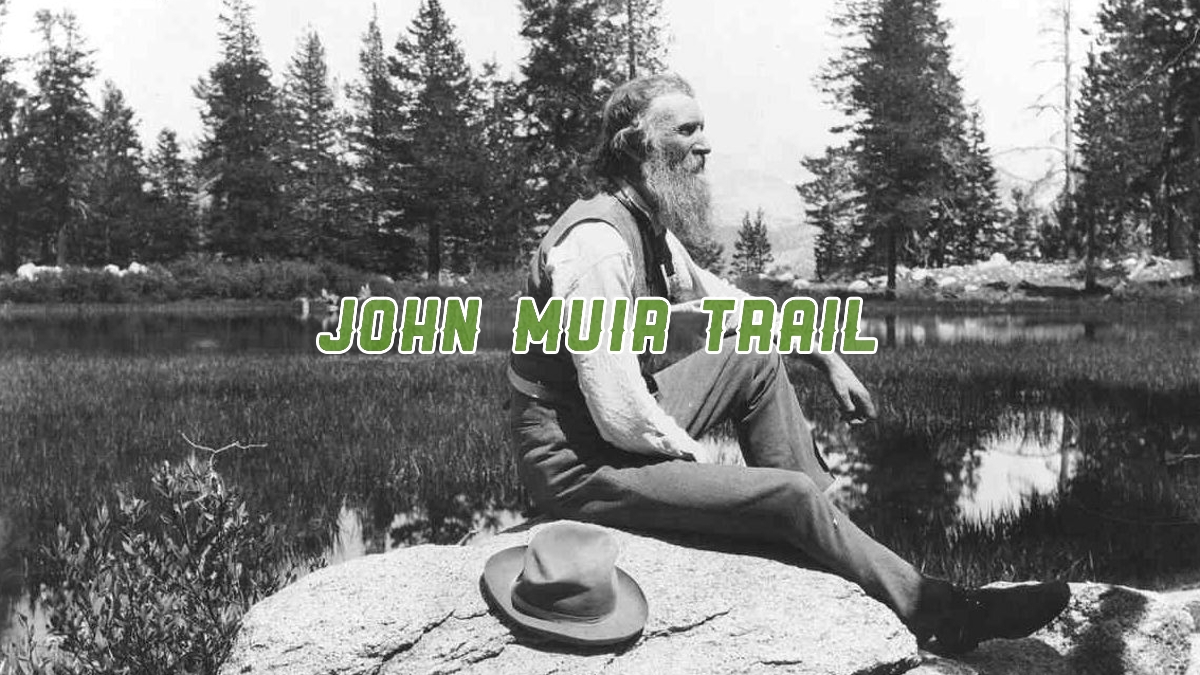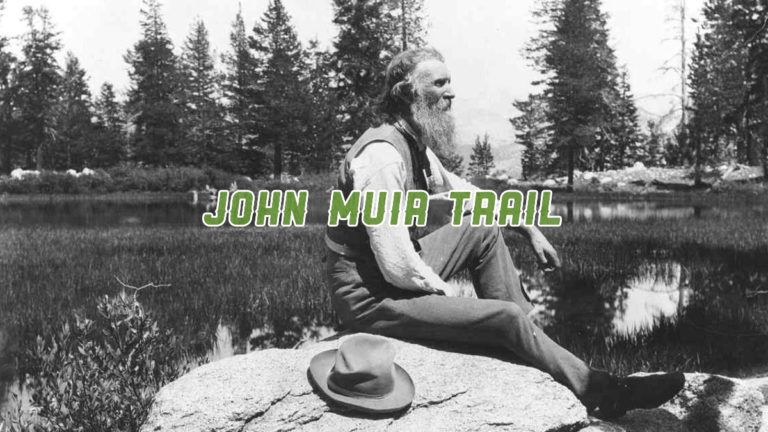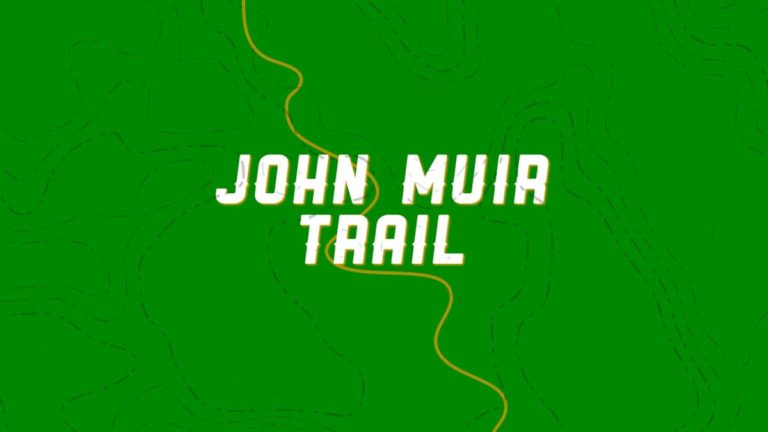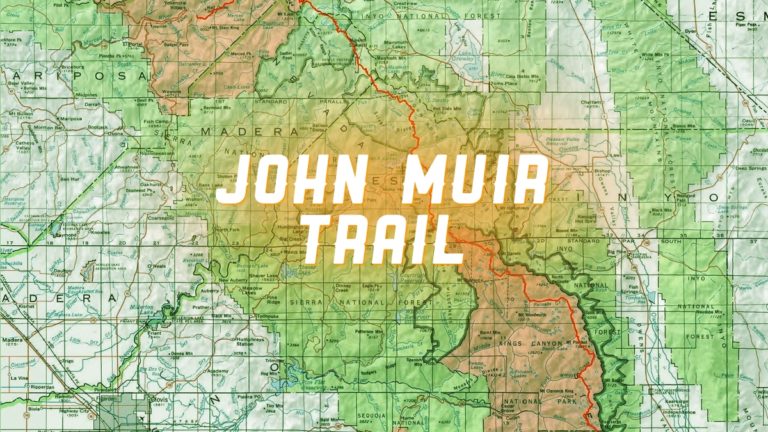John Muir Trail Adventure Journal: Day Seven
Vermilion Valley Resort to Muir Trail Ranch
Approximately 19.5 miles. Cumulative: 107.1 miles.
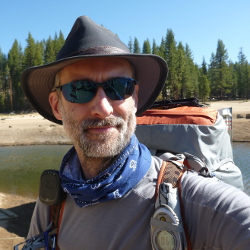
So this was odd. Here I was, sleeping in a real bed for the first time in seven days, and I suffered from insomnia. I was having trouble adapting to the comforts of relative civilization. I was up at 6:00.
There was nothing to do, really, until the power came on, so I packed up and got ready to get back on the trail.
When the power kicks on at 7:00, the whole camp springs to life. I grabbed my pack and headed down for hot coffee and a Mountaineer Special.
Breakfast
Three eggs, scrambled, bacon, potatoes, and some toast. And, of course, plenty of hot coffee.
That would be the last “real” meal I’d have until lunch at the Whitney Portal Store six days later.
Over breakfast, I talked to a PCT hiker named Yeti (a tall, thin guy who wore a white jacket; someone said he looked like a Yeti and a trail name was born). We discussed kids, understanding wives, and the positives and negatives of alcohol stoves (a popular choice among the fast-and-light hiking enthusiasts). You can make your own alcohol stove out of an empty cat food can, tuna can, or soda can, but he was using one he bought from Trail Designs and recommended it.
After breakfast I settled up with VVR. My total bill for a 24-hour stay was $258.62.
While I waited around for the ferry to depart, I weighed my pack. It tipped the scales at 33 pounds. So even though I’d sent home a mess of stuff, i still gained some pack weight. The camp shoes, the peanut M&Ms, and the large bag of Fritos I added to the mix added up. By day’s end, after dinner, it would drop back down to under 30 pounds.
So after taking the ferry back across lake Thomas A. Edison, It was back to the wilderness. Before I hit the trail, I let Yeti use my phone to text his wife so she knew he was doing well, then joined the other disembarking hikers as we make the mile-and-a-half journey back to the trail junction.
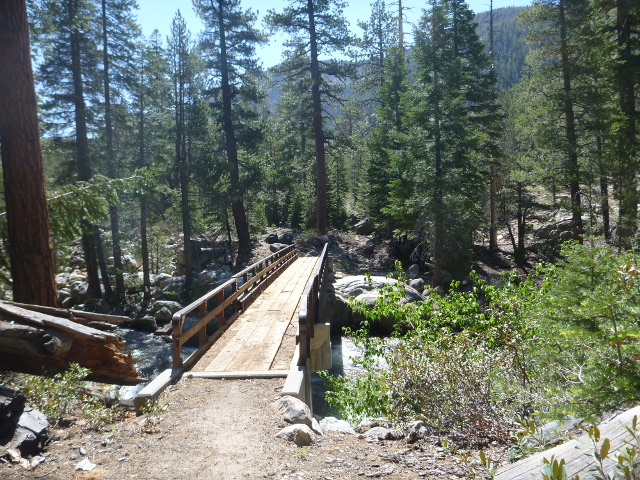
Because you don’t start back on the trail until after 10:00 a.m., they say you can’t make it from VVR to Muir Trail Ranch, the next (and last) convenient resupply point on the trail (and where I had a re-supply bucket waiting for me), in one day.
I’m here to tell you they’re wrong.
But first, I had to climb Bear Ridge, from 7,800 feet to more than 10,000 feet in roughly 10 miles. And I wasn’t done dealing with blowdowns yet; the trail up Bear Ridge was steep with plenty of switchbacks. In some places a single fallen tree would block the trail in three different places as it wound back and forth. It was tiresome climbing. And this is where the mosquitoes started showing up in annoying, endless masses. I pulled out my mosquito head net for the first time of the trip.
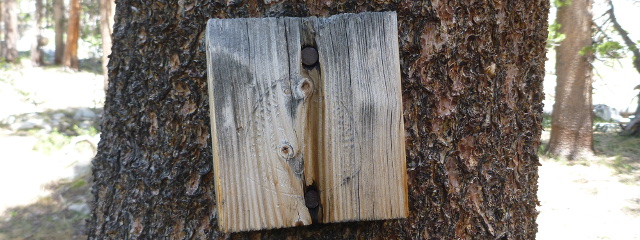
After the climb up Bear Ridge, I wouldn’t see any more blowdowns, and I was glad to have them behind me. But I would have to ford Bear Creek where it crosses the John Muir Trail, which I hadn’t expected. I knew about Evolution Creek, that one’s a pretty famous (and notorious) creek crossing, but it was a good day ahead of me. I apparently hadn’t read the trail guide as thoroughly as I should have.
The water was cool, though, and the flow wasn’t too fast, s, and I didn’t feel like walking in wet shoes for the rest of the day if I could at all help it, so I took my shoes off and forded in bare feet (which isn’t really advised). The rocks were slippery, but negotiable. Here’s another case for camp shoes, but my new Pony slip-ons wouldn’t have been good choice here (because they were, you know, slip-ons). in the future I think I’ll be bringing something like Crocs; they can double as camp shoes and water shoes.
I continued the climb up past 10,000 feet and entered Rosemarie Meadow, so named because of the nearby Rose Lake and Marie Lake.
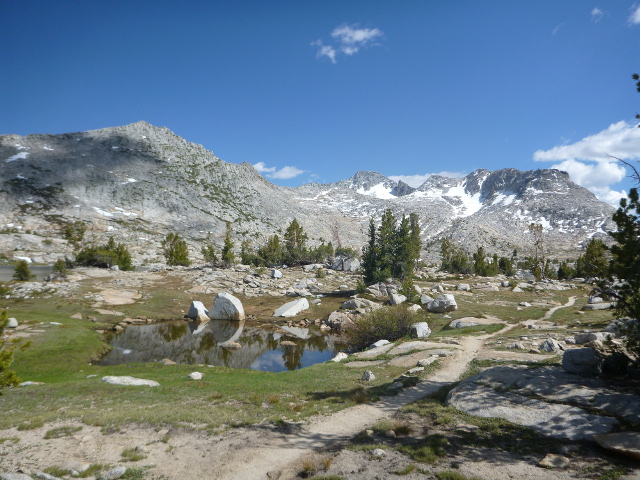
At that elevation, the trees became smaller and more sparse. Fires are prohibited above 10,000 feet, so the irony here is I finally had a lighter, but I couldn’t start a fire. It wasn’t really a big deal, though; I’d gone this far without one and didn’t really need one.
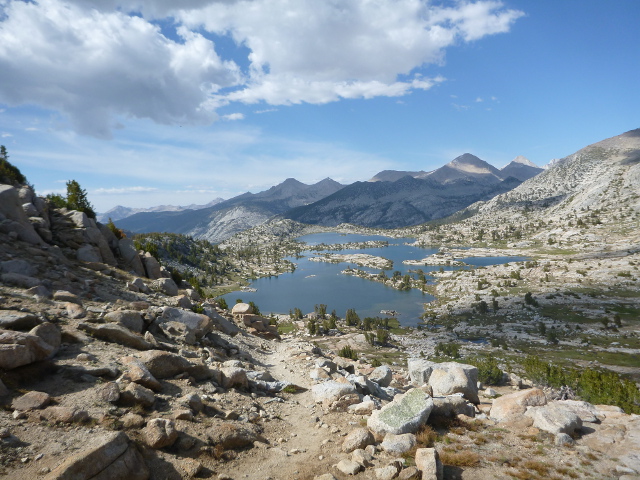
The mosquitoes, still an ever-present annoyance, were less intense at these higher altitudes, so I stopped for lunch and to fill up the water bottles right before I made the climb up to Selden Pass. I skipped my usual lunch, instead enjoying Fritos and Peanut M&Ms. This is the point when the meals started blending together, and I’d switch it up (like soup for breakfast and oatmeal for dinner) to keep things from getting too boring.
A bit about Fritos
One of the greatest hiking foods of all time! Per bag, 1,760 calories, 990 of that from fat. Plus a good amount of sodium. These things keep your motor running! And they’re great kindling.

I cleared Selden Pass, the third major pass of the hike and one of the easier passes I had to negotiate, and made my way down the trail to Heart Lake. The mosquitoes were back and more fierce than ever. It was difficult to even fill up a water bottle without being ravaged by the little beasts.
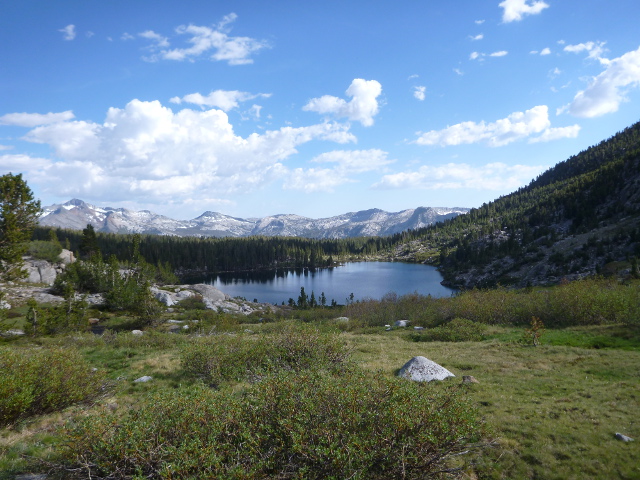
This insect assault continued on as I got to the Sallie Keyes Lakes, a pair of gorgeous alpine lakes bisected by the trail. It was getting a little late in the day, and this would have made an ideal, serene place to make camp had it not been for the massive amount of mosquitoes flying around.
So I kept going, keeping an eye out for good, mosquito-light campsites, eventually hitting the trail junction that took me down to Muir Trail Ranch. Once you get off the JMT/PCT, you realize how well that trail is maintained. The trail to Florence Lake — and the Ranch — was rocky and overgrown with roots in places.
Along the way, I kept looking for campsites, but couldn’t find anything really appealing, and decided to just hoof it to MTR, even thought it was getting a little later than I liked to stop to make camp.
So something weird had been going on for a few days. I’d be walking along and I’d hear this strange sound.
Whoomp whoomp whoomp
I’d stop, and it would stop. I’d start walking, and I’d hear it again. I’d stop, and it would stop. And so it went. Initially, it almost sounded like something rubbing or rolling around in my pack. I’d had conversations with other hikers about this; it was kind of maddening.
Well, I finally got to the bottom of it. I figured out it was the sound of the Blue Grouse (also known as the Dusky Grouse), and today, on my way down the Muir Trail Ranch, I spotted one.

Anyway, I arrived at the gate outside of Muir Trail Ranch at 7 p.m. They close at 5:00 p.m. and didn’t open again until 8:00 a.m., so I’d have to wait until morning to get my re-supply bucket.

I hiked a little way up a nearby ridge (on the trail that led to the Blayney Hot Springs), found a passable campsite, had dinner, and called it a good day.
So, to recap, you can indeed make it to Muir Trail Ranch from the Vermilion Valley Resort in one day. In your face, conventional wisdom!
